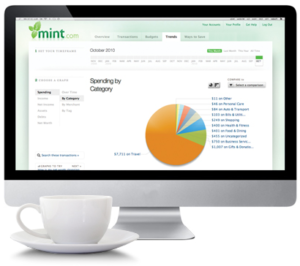 By Alyssa Furtado, RateHub.ca
By Alyssa Furtado, RateHub.ca
Special to the Financial Independence Hub
A home equity line of credit (HELOC) is a convenient way to access the value in your home. You might have seen commercials on TV or been offered one by your mortgage agent. Not only can you get a much lower interest rate than you can with an unsecured line of credit, you can also be approved for a sizeable loan. It’s tempting to have quick access to a lot of money, but is a HELOC right for you?
A HELOC is a secured line of credit that uses your home as security. As with a mortgage, the money you borrow is secured by your home. In Canada, as long as you can show that you can carry the debt, you can borrow up to 65% of the value of your home, provided you keep at least 20% of the value as equity.
For example, if your home is worth $1 million and you owe $400,000 on your mortgage, you can borrow up to $400,000 against your home ($1 million x 80% = $800,000 – $400,000 owing = $400,000).
There are many upsides to getting a HELOC. Depending on the value of your home, you can potentially borrow a large amount of money. Interest rates on HELOCs are significantly lower than on unsecured lines of credit (typically about prime + 0.5%). You can take out money or repay it at any time without penalty. And you can go up to 25 years before you have to pay back what you’ve borrowed.
One of the most appealing HELOC features is that the minimum monthly payment is just the interest that’s accrued. Using a HELOC calculator on that $400,000 line of credit example above, the monthly payment at today’s best HELOC rate of 3.7% is just $1,233. The minimum monthly payment on a traditional line of credit is typically 2% of the outstanding balance: $8,000 on a $400,000 balance. Even a traditional mortgage would require a much higher monthly payment. This feature alone is a big part of why HELOCs are so appealing.
Possible downsides of HELOCs
However, HELOCs also have their downsides.
Because the minimum monthly payment on a HELOC is just the interest, it can feel like it doesn’t cost you much to borrow money. But when you don’t repay the principal, your costs over the long run are actually much higher than with a traditional loan.
Let’s look at an example comparing a regular $50,000 loan with a rate of 4.7% repaid monthly against borrowing $50,000 at 3.7% from your HELOC repaid in a lump sum at the end the loan term.
If you pay the loan over five years, your monthly payment will be $936.83 and you’ll pay $6,209.80 in interest over that time.







